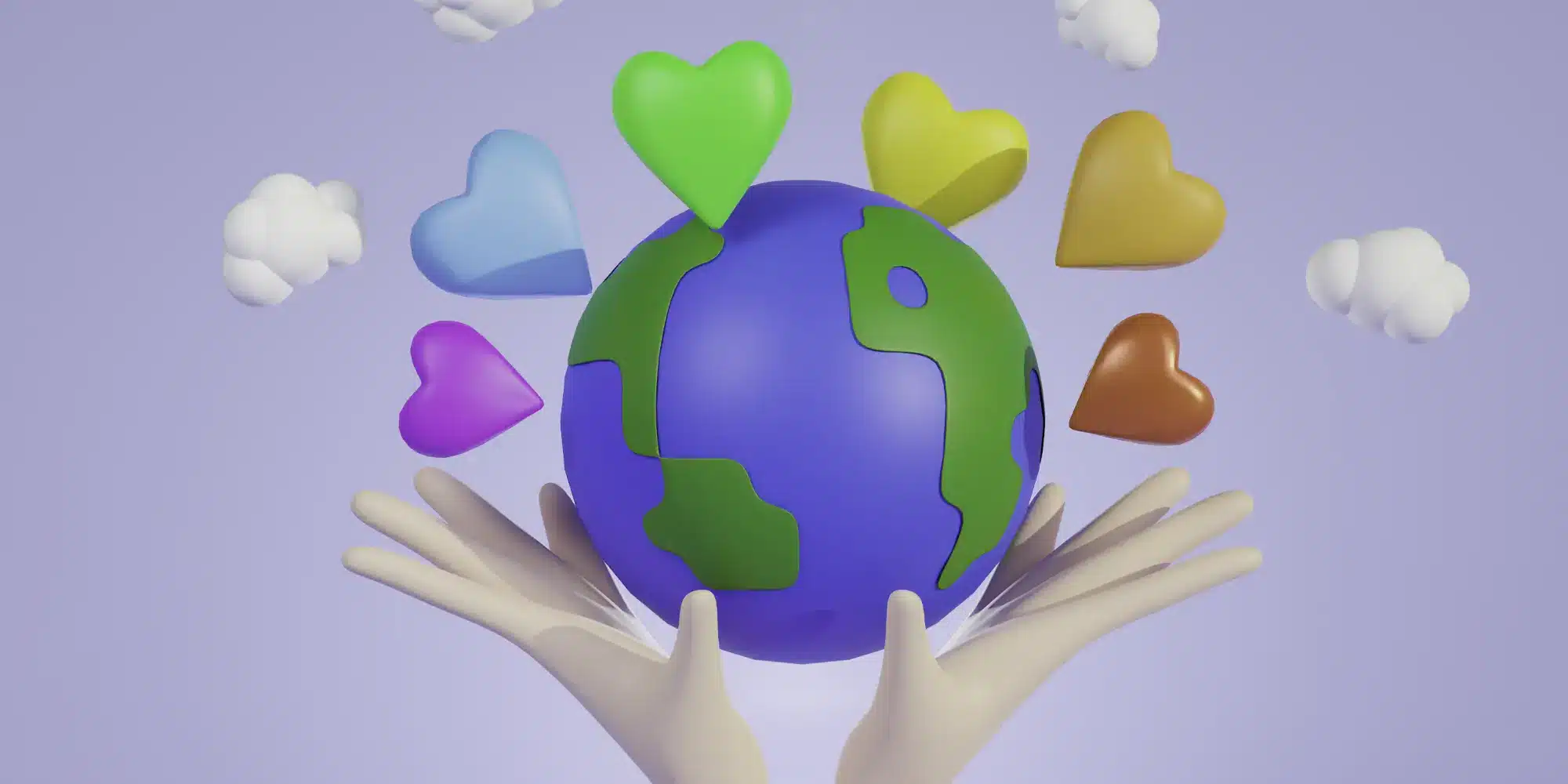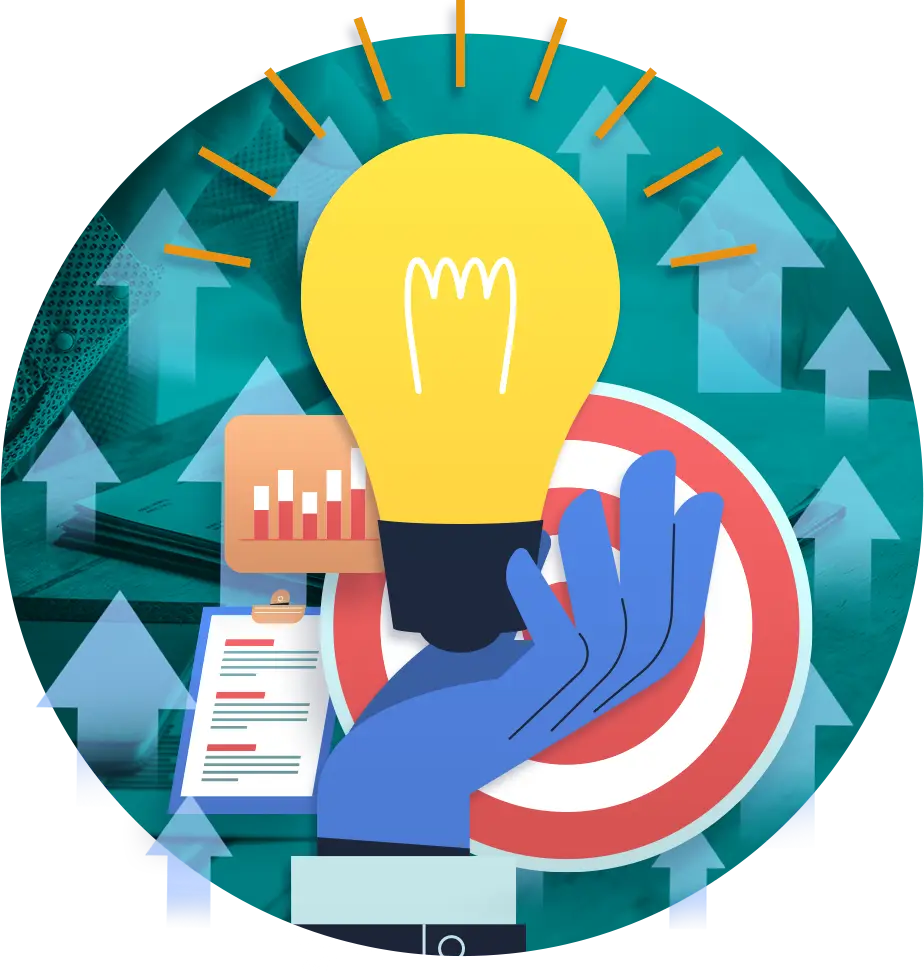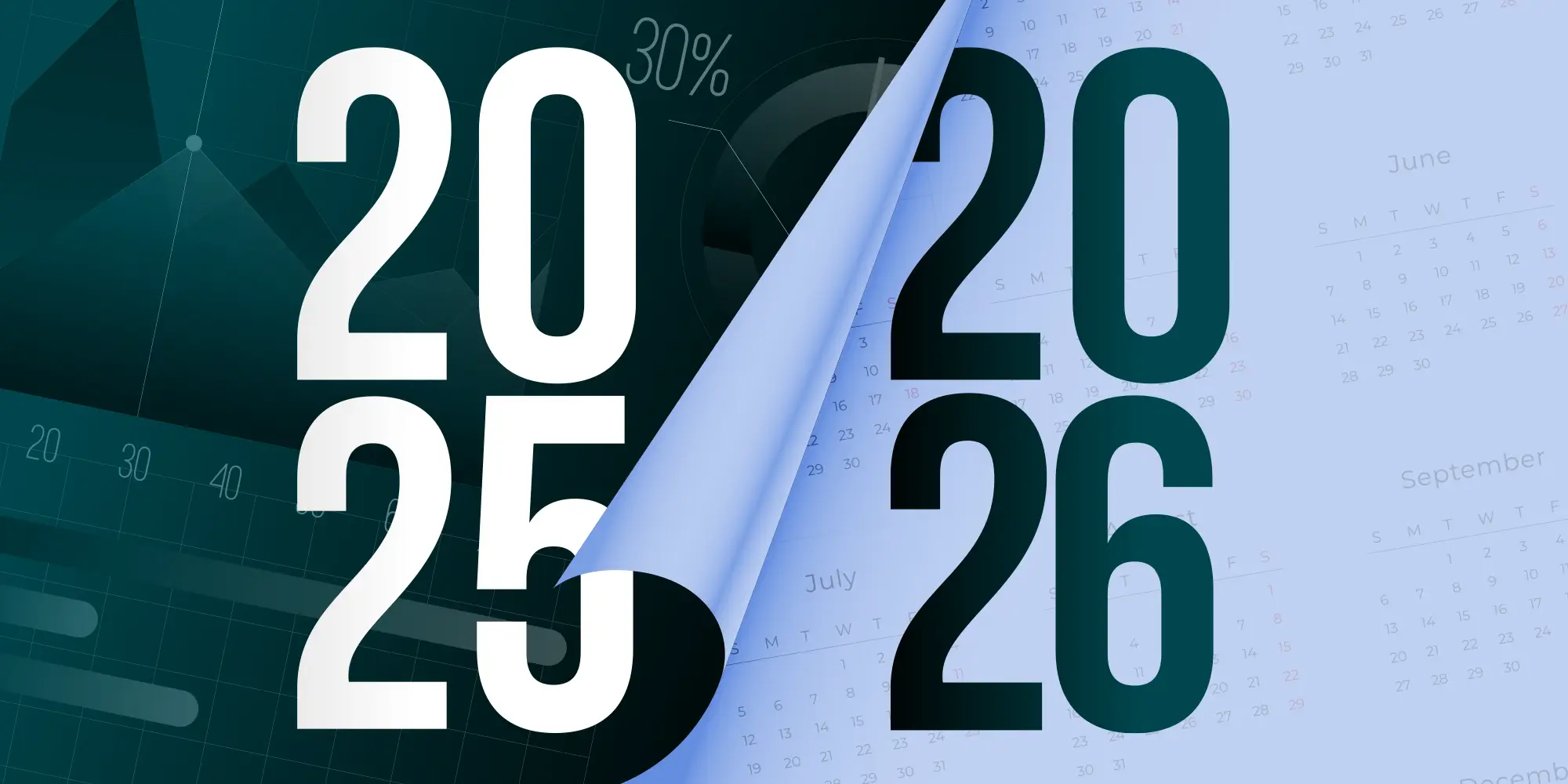KEY TAKEAWAYS:
Grasp the advantages of digital marketing for your nonprofit.Discover some current trends in nonprofit marketing.
Gain insights into how different generations of donors engage with and support nonprofits.
If you’re a nonprofit leader looking to grow your impact, digital marketing can be one of your most powerful tools — especially during November, a time when giving and giving back are top of mind. But nonprofit marketing is more than just fundraising. It’s about building meaningful relationships, expanding awareness, and creating a loyal community of supporters who are as dedicated to your mission as you are. Join us as we dive into the benefits of nonprofit marketing, explore the top trends you should know about, and share insights into how each generation engages with charities.
The Benefits of Nonprofit Marketing
Digital marketing isn’t just for businesses. For nonprofits, it’s a game-changer. Here’s why:
Stronger Donor Relationships
Regular updates and engaging stories keep your donors connected to your cause, making them more likely to stick around for the long haul.
Broader Awareness of Your Work
With the right marketing, you can make sure people know about the services you offer and the difference you’re making, both for your beneficiaries and your broader community.
Increased Funding Opportunities
Digital marketing opens the door to more effective fundraising, whether through one-time campaigns, recurring donations, or special events that connect directly with supporters.
Reliable Volunteer Engagement
When you promote your volunteer opportunities in a meaningful way, people are more likely to sign up, stay involved, and feel valued. Highlight your volunteers’ impact to keep them motivated and appreciated.
“Digital marketing opens the door to more effective fundraising, whether through one-time campaigns, recurring donations, or special events that connect directly with supporters.”
– Technology Therapy® Group
5 Current Trends in Nonprofit Marketing
Here are five current trends are reshaping how nonprofits connect with their audiences. Embracing them could mean the difference between staying relevant and getting left behind.
1. Personalized Donor Engagement through AI and CRM Tools
With CRM systems and AI, you can automatically tailor your messaging based on a donor’s past involvement. For example, you can send thank-you notes, event invites, and updates that feel personalized and relevant to each supporter’s experience with your nonprofit. Tools like Salesforce and HubSpot offer affordable options for nonprofits to streamline donor management.
2. Growing Popularity of Recurring Giving Programs
Recurring donations give nonprofits stability. According to a recent 360MatchPro study, 57% of donors are now opting for recurring giving. Setting up a monthly or quarterly donation program for your nonprofit establishes a reliable income stream. It’s a win-win: donors get a convenient way to contribute regularly, and you get consistent support without the extra work of multiple fundraising pushes.
3. Virtual and Hybrid Events for Increased Reach
Doing in-person only events is becoming passe. Hybrid events — mixing in-person and online — are becoming a successful trend for nonprofits. Consider hosting fundraisers, panels, or celebrations that people can attend from anywhere. The virtual format is more budget-friendly, and it allows you to reach supporters across different locations.
4. Reaching Young Audiences on TikTok
With a massive Gen Z user base, TikTok has become an exciting platform for nonprofits. This is the place to tell your story in a way that feels authentic and inspiring. Try posting quick behind-the-scenes clips, team spotlights, or challenges that let users engage with your cause. TikTok’s algorithm prioritizes engaging content over follower count, so even small nonprofits can build a presence.
5. Leveraging User-Generated Content (UGC) and Influencer Partnerships
Influencers and UGC have transformed nonprofit marketing. By partnering with influencers or encouraging supporters to share their own stories about your cause, you amplify your reach. Influencers with dedicated followings bring attention to your mission, and user-generated content feels more genuine, helping you build trust with a wider audience.
“With a massive Gen Z user base, TikTok has become an exciting platform for nonprofits. Try posting quick behind-the-scenes clips, team spotlights, or challenges that let users engage with your cause.”
– Technology Therapy® Group
Generational Giving Insights: Tailor Your Approach
Each generation connects with causes in its own way. But they do share some common tendencies. By tailoring your outreach strategies to align with these generational preferences and similarities, your nonprofit can effectively engage supporters across all age groups.
How Each Generation Engages with Nonprofits Differently
1. Generation Z (Ages 18-27): Driven by Social Connection and Impact
- Social Media Discovery and Hands-On Involvement:
Gen Z is more likely than other generations to discover nonprofits through social platforms, especially Instagram, and rely on peer recommendations. Over half of Gen Z donors contribute in ways beyond monetary donations, with a strong preference for volunteering and attending in-person and hybrid events. - Visual and Impact-Oriented Content:
Gen Z wants to see tangible results. They are most responsive to stories and updates that show the direct impact of their support. Per recent research from the Blackbaud Institute, 70% say that impact reporting helps motivate them to give more to a cause.
2. Millennials (Ages 28-43): Digitally Engaged and Research-Oriented
- Encouragers and Connectors:
Millennials actively encourage others in their network to support causes they care about, often advocating on social media and within friend circles. - Prefers Consistent Donations:
This generation leans toward regular giving, with many enrolled in monthly giving programs, making recurring donations a key engagement strategy for Millennials. According to a recent study from Bloomerang and Qgiv, 65% of millennials donate to nonprofits they resonate with multiple times per year.
3. Generation X (Ages 44-59): Practical and Values-Driven
- Community and Environmental Focus:
Gen X donors prioritize causes that directly impact their communities and are more likely to support environmental or conservation efforts. - Reliability and Trust:
They value transparency and consistency from nonprofits, and they appreciate organizations that demonstrate clear and reliable impact over time. 24% of Gen Xers say they’ve stopped donating to a charity because they felt disconnected from it or they didn’t trust that their contributions were being used wisely.
4. Baby Boomers (Ages 60+): Legacy-Oriented and Traditional
- Prefer Traditional Discovery Methods and Legacy Giving:
Baby Boomers are less likely to discover nonprofits on social media. Instead, they rely more on personal networks, direct mail, and established connections. This generation also values leaving a legacy, so planned giving and long-term commitments are especially appealing. - Email Subscriptions and Peer-to-Peer Fundraisers:
Boomers gravitate toward email lists and in-person fundraising opportunities. 68% of this generation subscribe to a nonprofit’s email list. 41% of Boomers are willing to participate in peer-to-peer fundraising events, where they can leverage their personal networks to support the cauess they care about.
What All Generations of Donors Have in Common
- Email as a Primary Communication Channel:
Across all generations, email remains the preferred way to stay updated on nonprofit activities, with over half of each generation subscribing to nonprofit email lists. - Interest in Impact Stories:
Every generation appreciates hearing about program updates, new initiatives, and client success stories. - Research Before Donating:
Regardless of age, donors conduct some form of research before donating, underscoring the importance of transparency and accessible information. This is especially true for Millennial and Gen X donors.
Ready to Amplify Your Nonprofit’s Impact?
As we enter the season of gratitude and giving, there’s no better time to strengthen your nonprofit’s impact. Whether you’re embracing new digital trends or reaching supporters through trusted methods, these strategies will not only help you during the holidays but set you on a path toward lasting growth and impact, well beyond this season of giving.
Empower Your Nonprofit Marketing Strategy
Working with a TTG mentor is an effective way to modernize your nonprofit’s marketing tools and methods. Connect with us today to get started!





